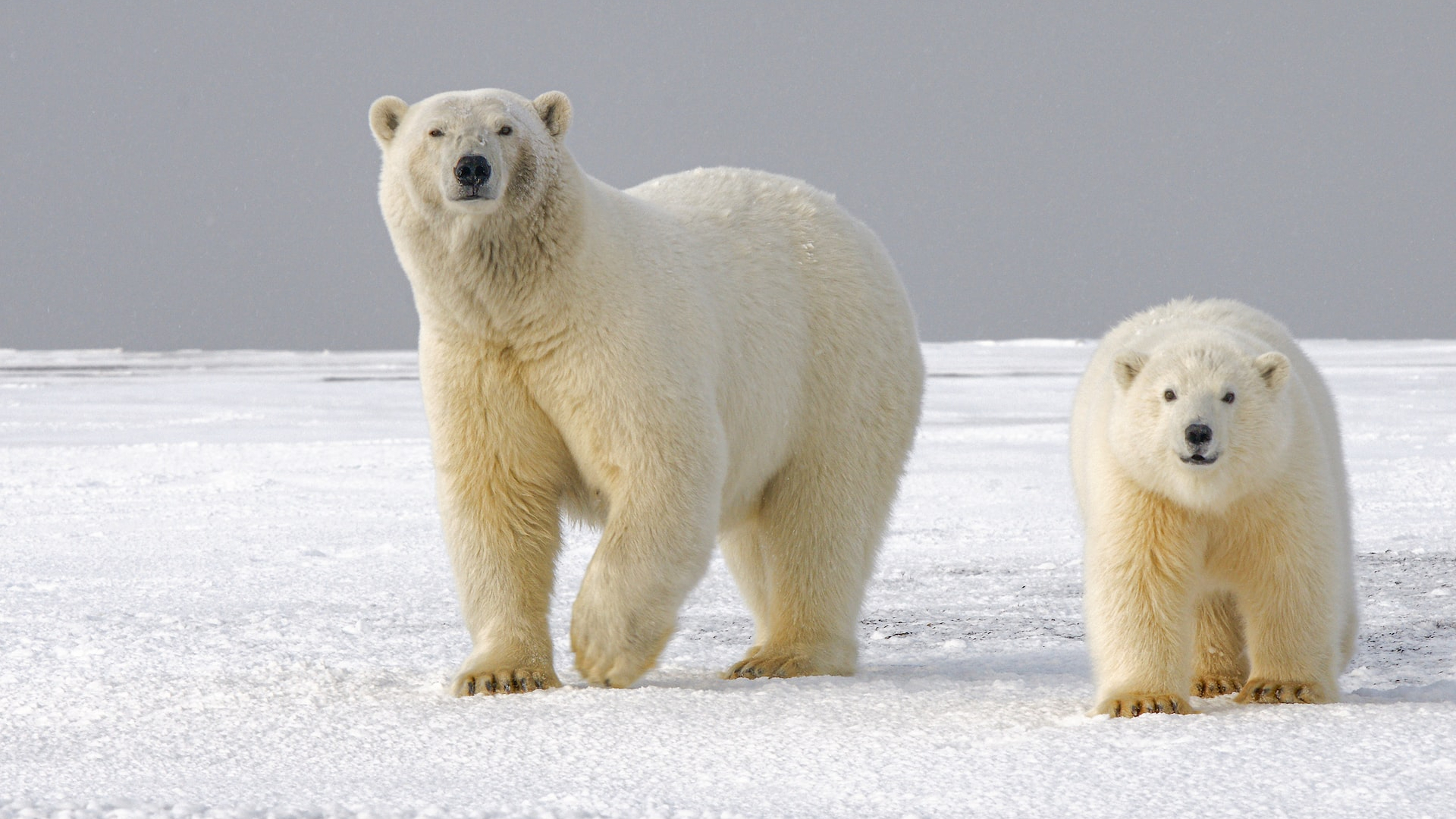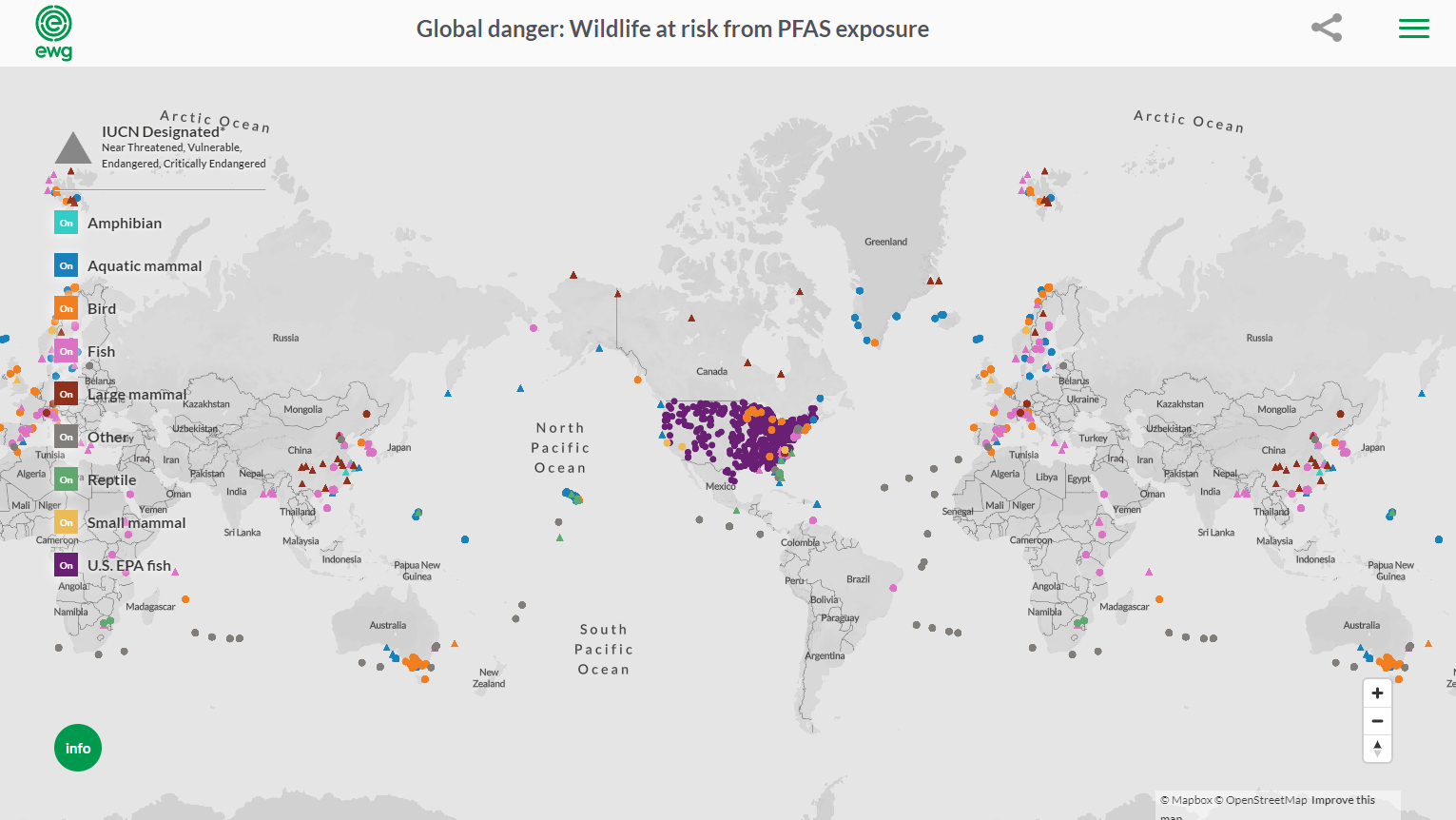Toxic chemicals used in waterproof clothing found in animal species across the globe
New analysis shows dangerous fluorocarbon contamination in hundreds of animal species that range from plankton to polar bears

Bans on 'forever' fluorocarbon chemicals, such as PFCs (per and poly-fluorinated chemicals) and PFAS (per and poly-fluorinated alkyl substances), used in the production of waterproof MTB jackets, trail pants, and other water resistant cycling gear, are looming in the European Union and other parts of the world. Recently released analysis, highlighted by the Guardian, has shown why such bans are so urgently required as blood examined of animals from hundreds of wildly different species spread across the globe was found to contain toxic PFAS.
Compiled by a non-profit organization, the Environmental Working Group (EWG), the analysis has been shown in the form of an interactive map that charts the spread of these chemicals and the vast array of animals affected.
Researchers have found PFAS in creatures such as polar bears, ringed seals, gray seals, Siberian tigers, gray teal, otters, Pacific black ducks, South African crocodiles, and hundreds of other species spread across every continent except Antarctica.

“This new analysis shows that when species are tested for PFAS, these chemicals are detected,” said David Andrews, Ph.D., senior scientist at EWG. “This is not an exhaustive catalog of all animal studies, but predominantly those published from the past few years.
“PFAS pollution is not just a problem for humans, it’s a problem for species across the globe. PFAS are ubiquitous, and this first-of-its-kind map clearly captures the extent to which PFAS have contaminated wildlife around the globe.”
“From the polar bear in the far reaches of the Arctic to the hawksbill turtle in the tropics of the Pacific Ocean, the world’s most critically at risk species have yet another danger to contend with: PFAS chemical pollution,” said Nathan Donley, Ph.D., environmental health science director at the Center for Biological Diversity. “Our choice is either to keep enabling extinction with widespread chemical contamination or take action to prevent it.”
PFAS and PFCs don't just cause harm to animals of course and are likely to be found in the blood of just about every human on the planet. Even very low doses have been linked to weakened immune systems, certain types of cancer, kidney disease, and reproductive and developmental problems.
Aside from their toxicity, the big problem with these chemicals is that they do not naturally breakdown in the environment, being highly resistant to water, oils and heat. While chemical processes and firefighting foams are the biggest sources of PFAS and PFC environmental pollution, they are also used in fabrics designed to repel water (such as those treated with DWR – durable waterproof repellent) or stains, food wrappers, PTFE lubricant sprays and non-stick materials used in frying pans

As for bike clothing brands that are taking action against these chemicals, the vast majority have a time-frame for removing PFCs (which includes PFAS) from their production, while a smaller number have already done so.
Howies have been PFC-free since 2016, while Endura stopped using PFCs in 2018 and offer fluorocarbon-free reproofers. Others such as Patagonia are transitioning to becoming completely PFC-free by 2023, Gore-Tex has started a process to rid their products of "PFCs of environmental concern" by 2025, Rapha and Altura have pledged to be completely PFC-free by 2025.

Rich Owen joined the BikePerfect team as editor in 2021. He's worked as a journalist and editor for over 24 years, with 12 years specializing in cycling media. Rich bought his first mountain bike (a rigid Scott Tampico) in 1995 and has been riding MTB for almost 30 years.
Current rides: Merida One-Forty 6000, Banshee Paradox, YT Jeffsy Core 3, Saracen Ariel 30 Pro
Height: 175cm
Weight: 69kg
